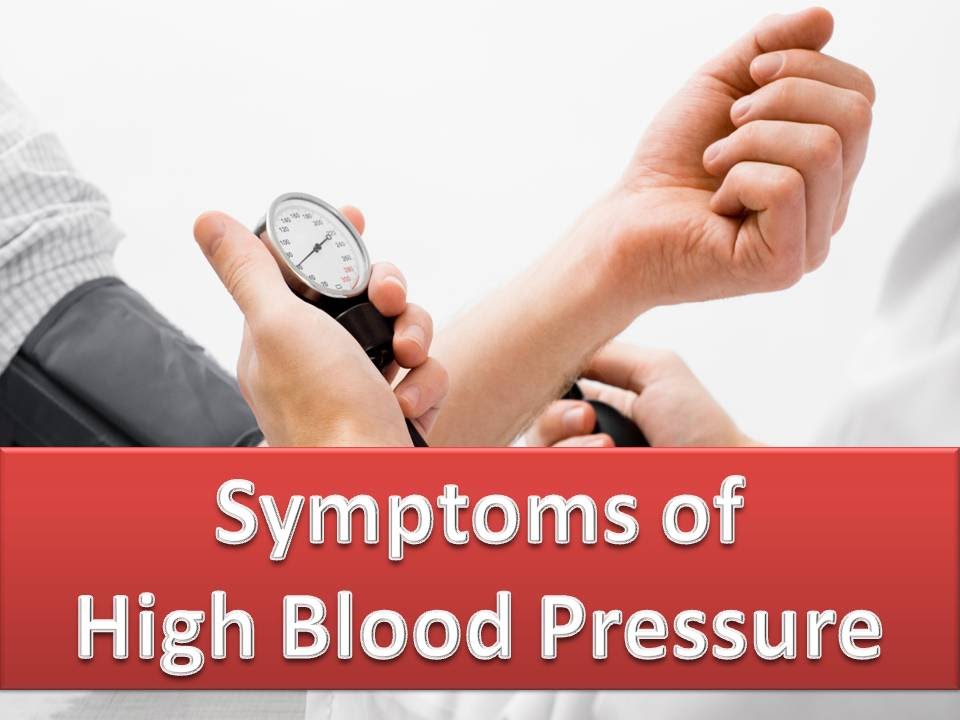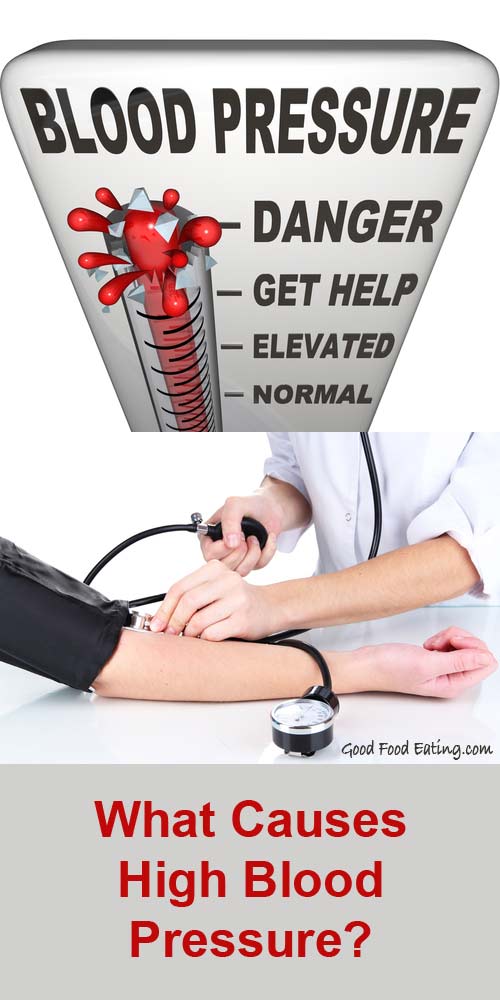Most people with hypertension don’t exhibit any high blood pressure signs or symptoms. Usually, it takes several years for the condition to cause noticeable problems. People who do have symptoms may experience headache, dizziness, and blurred vision. Unfortunately, many people don’t seek medical care until they have severe symptoms related to organ damage.
Signs and Symptoms of High Blood Pressure: An Overview
Most people with high blood pressure (also known as hypertension) don’t have any high blood pressure symptoms or signs. This is because high blood pressure doesn’t cause problems over a day or weeks — or even months. It usually takes several years for the condition to cause noticeable symptoms, and even when it does cause problems, the symptoms are often mild and nonspecific (meaning they could be caused by several different conditions). For this reason, high blood pressure is often referred to as “the silent killer.” People with the condition typically don’t even realize they have it until they have blood pressure readings that are too high.
Possible High Blood Pressure Symptoms
In some cases, however, a person can have signs or symptoms of high blood pressure. These include:
- Headache
- Dizziness
- Blurred vision
- Nausea.
However, many people don’t seek medical care until they have more severe symptoms from the organ damage that long-term (chronic) high blood pressure can cause.
Malignant High Blood Pressure and Its Symptoms
About 1 percent of people with high blood pressure do not seek medical care until their symptoms are quite severe. Severe high blood pressure is referred to as malignant hypertension. In malignant hypertension, the diastolic blood pressure (the bottom number of a blood pressure reading) often exceeds 140 mmHg. People with malignant high blood pressure symptoms may experience:
- Headache
- Lightheadedness
- Nausea.
When high blood pressure becomes this severe, emergency hospitalization and lowering of blood pressure are required to prevent brain bleeding or stroke.

